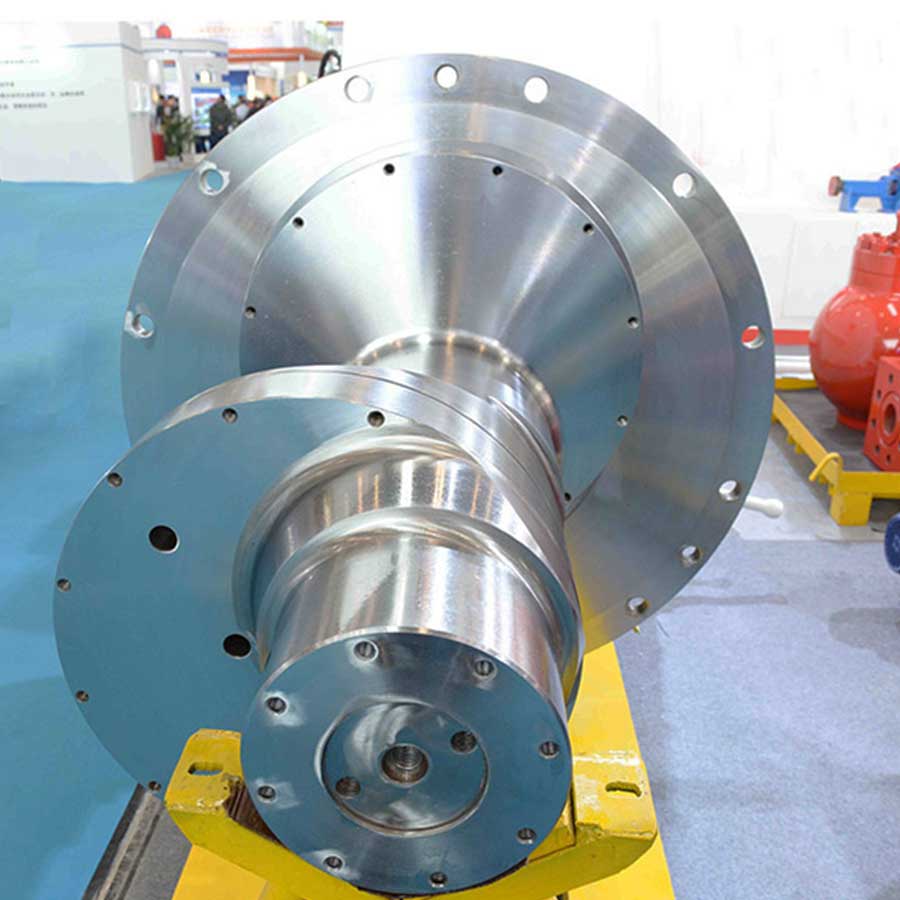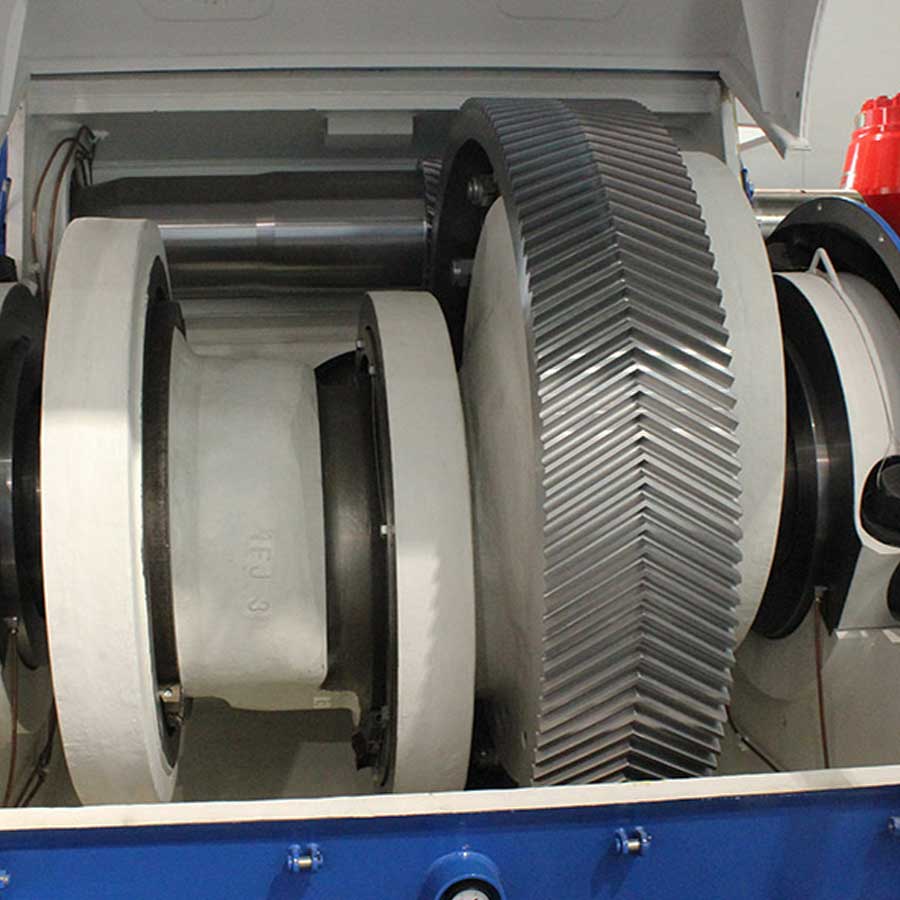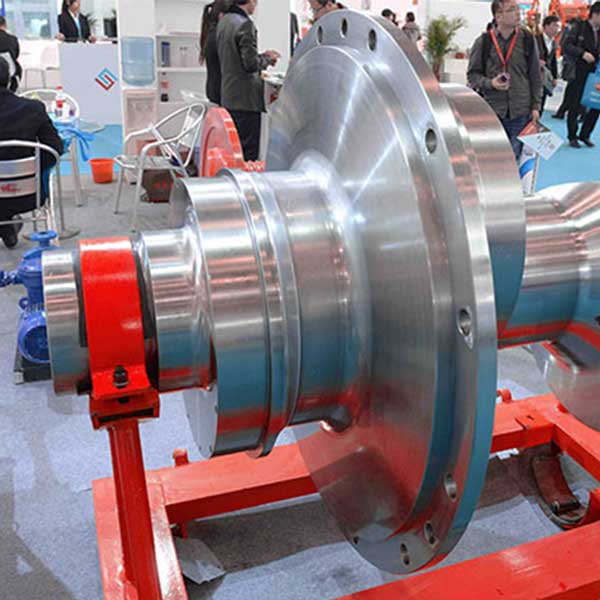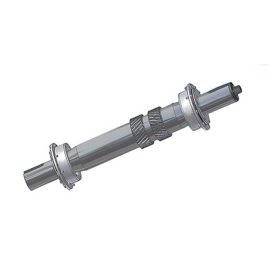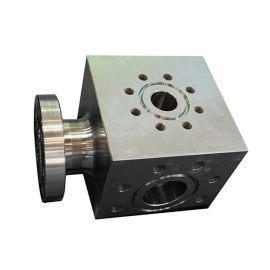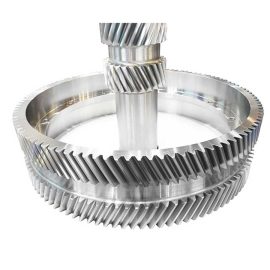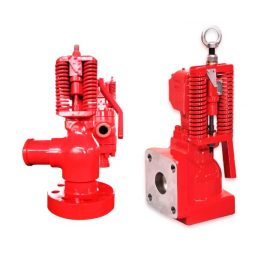The mud pump crankshaft assembly is designed to enhance the durability and efficiency of mud pumps used in oil and gas drilling operations. Manufactured from high-nickel-modified 4340 material, the crankshaft features high chromium content to prevent corrosion. This material selection helps minimize the initiation and propagation of cracks, ensuring the crankshaft’s longevity and reliability.
Our crankshafts are statically balanced to ensure smooth operation, reducing noise and vibration. This balance extends the service life of the bearings and the crankshaft. The assembly includes precision-machined small and large gears made from materials similar to the crankshaft. These gears feature high-precision double helical teeth with minimal backlash, ensuring efficient power transfer across the entire gear width and preventing hammering effects during speed changes.
Specifications Table
| Parameter | Value |
|---|---|
| Material | High-Nickel Modified 4340 Steel, High Chromium Content |
| Components | Crankshaft, Small and Large Precision Gears, Connecting Rods, Timing Gear, Flywheel |
| Key Features | High Strength, Corrosion Resistance, Static Balance, Precision Machining |
| Function | Converts Linear Motion to Rotational Torque, Drives Valve Train and Auxiliary Devices |
| Application | Mud Pumps for Oil and Gas Drilling |
Applications and Role
The crankshaft assembly is crucial for converting rotational motion from the power source into the piston’s reciprocating motion, ensuring efficient mud circulation and pressure delivery in the mud pump. It plays a vital role in maintaining the pump’s operational integrity and performance.
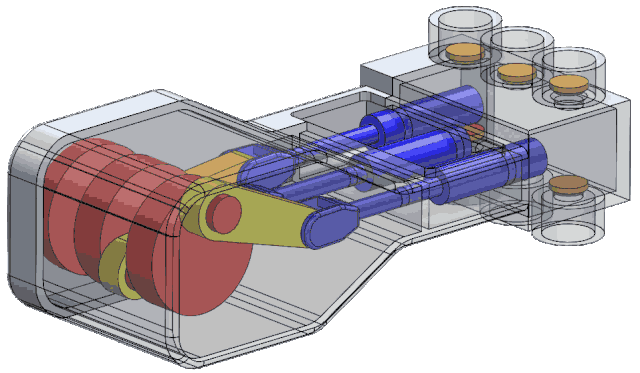
Key features:
- High-Nickel Modified 4340 Material: Provides superior strength and resistance to crack initiation and propagation.
- High Chromium Content: Prevents corrosion, enhancing the longevity of the crankshaft.
- Static Balance: Ensures smooth operation, reducing noise and vibration.
- Precision Gears: High-precision double helical gears with minimal backlash ensure efficient power transfer and reduce hammering effects.
The crankshaft assembly converts the thrust from the piston rod into rotational torque, transforming the piston’s reciprocating linear motion into the crankshaft’s circular motion. This rotational force is then transmitted to the drive system via the flywheel, also driving the engine’s valve train and other auxiliary devices.
Our connecting rods are made from high-spec alloy steel, with precise machining to ensure proper alignment between the crankshaft and the crosshead.
The crankshaft assembly includes:
- Crankshaft Front End (or Free End)
- Connecting Rod Journals
- Main Journals
- Cranks
- Balance Weights
- Crankshaft Rear End Flange (or Power Takeoff End)
The crankshaft’s front end is equipped with a timing gear, and the rear end is fitted with a flywheel (and sometimes additional balance weights).

